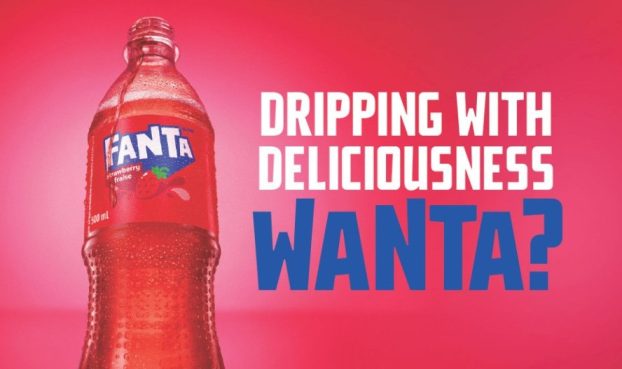There’s a crowd that marketers simply can’t reach with mass-market advertising. They don’t live in the ‘burbs, drive minivans or shop at Pottery Barn. They’re just as likely found scratching their chins at a Philipe Stark lecture as they might be catching an open-air screening of Indochine and tittering to themselves about how passé Asian peasant-wear is.
Fashionistas, trendsetters, urban alphas – call them what you want: they can tell a Roche Bobois from an Eames. And one thing that many of them have in common these days is that they’re probably picking up a copy of Lola, Toronto’s hottest art world publication.
Since its inception in 1997, after three Toronto based art journalists and critics noted that a large part of the local art scene was being neglected in the press, Lola’s circulation has climbed from a first print run of 1,300 to well over 10,000. While Lola has yet to conduct any readership studies, some estimates top 25,000. Lola caters directly to the uber-hip, a young, urban dwelling set of high-income earners who make trends instead of watching Friends.
Catherine Osborne, founding editor of Lola, says that four years ago she and partners felt a sense that there was a great deal of artistic activity that was going unnoticed in mainstream publications. ‘We felt there was an opportunity for us to speak to a crowd that was interested in guerrilla art, alternative design and underground manufacturers.’
‘Lola’s an art magazine without ‘art speak.’ It’s very accessible in the way it speaks to studio loft-dwellers and urban professionals who want real art instead of prints of Monet’s Water Lilies on their walls,’ says Osborne of the publication, which boasts 166 distribution points in downtown Toronto, is a member of the Canadian Magazine Publishers Association, and is now available nationally.
Lola is free at distribution points within Greater Toronto; outside the area it sells for $5. In the past, the magazine has been published three times a year, but will be published four times in 2002.
Good news for those trying to reach a demo that doesn’t shop at Banana Republic and won’t eat tomato soup unless it is served with a side of thinly sliced kale. And national brands are starting to come on board.
As a lead-up to its fashion awards, which took place in May, Smirnoff jumped at the opportunity to profile its awards in Lola, which covers a broad range of artistic topics including design, theatre, film and fashion.
Laura Bruce, brand manager for Smirnoff at Guinness UDV, says the marketing of the Smirnoff Fashion Awards changed this year because the public at large was invited to purchase tickets and attend the event.
‘In past years we have done it by invite only, mostly to fashion industry, film and art people. This year we wanted to open it up and sell tickets. So when we did the media plan with our agency, [Starcom Worldwide] came back to us with a list of free urban publications, including Lola,’ says Bruce.
Given the nature of the event, which included guest DJs and fashion designers, Smirnoff was reaching out to a new and different consumer. ‘Lola was in the media plan because it is a great example of an artistic publication that is available to artists and at art galleries. We felt it was a good fit, that the advertising would speak to the type of consumer who might be interested in participating,’ says Bruce.
‘They snipped the cover for us. Lola allowed us to push the envelope with some unique things you might not often get from other magazines,’ says Aaron Vardon, strategy planner, Starcom Worldwide, of Lola’s May issue cover, which directed readers to open to a double-page glossy spread with the ad featuring the Smirnoff Fashion Awards.
The appeal was that the campaign could tap into a hard-to-reach audience,’ Vardon says. ‘Obviously, Smirnoff drinkers fall into very broad categories. But in this particular case, we found the perfect platform to profile a unique cultural event.’
‘Most of our mainstream advertising is on TV,’ says Bruce. ‘We don’t do a lot of print. But for these special events we use magazines and we will continue to do that where we feel the need to target a particular niche community. We have similar niche advertising for the gay community and events.’
Smirnoff, who did a tracking study on the ads (results are not yet available), is not the first to see the value in the niche-market mag. Guinness, Altoids and Steam Whistle have booked space in Lola in the hopes of capturing this unique audience’s attention.
Why advertise in places like Lola? Because these trendsetters are there years and months before you and I are. They’re addicted to being there first, so you might as well make sure your brand is there with them.























